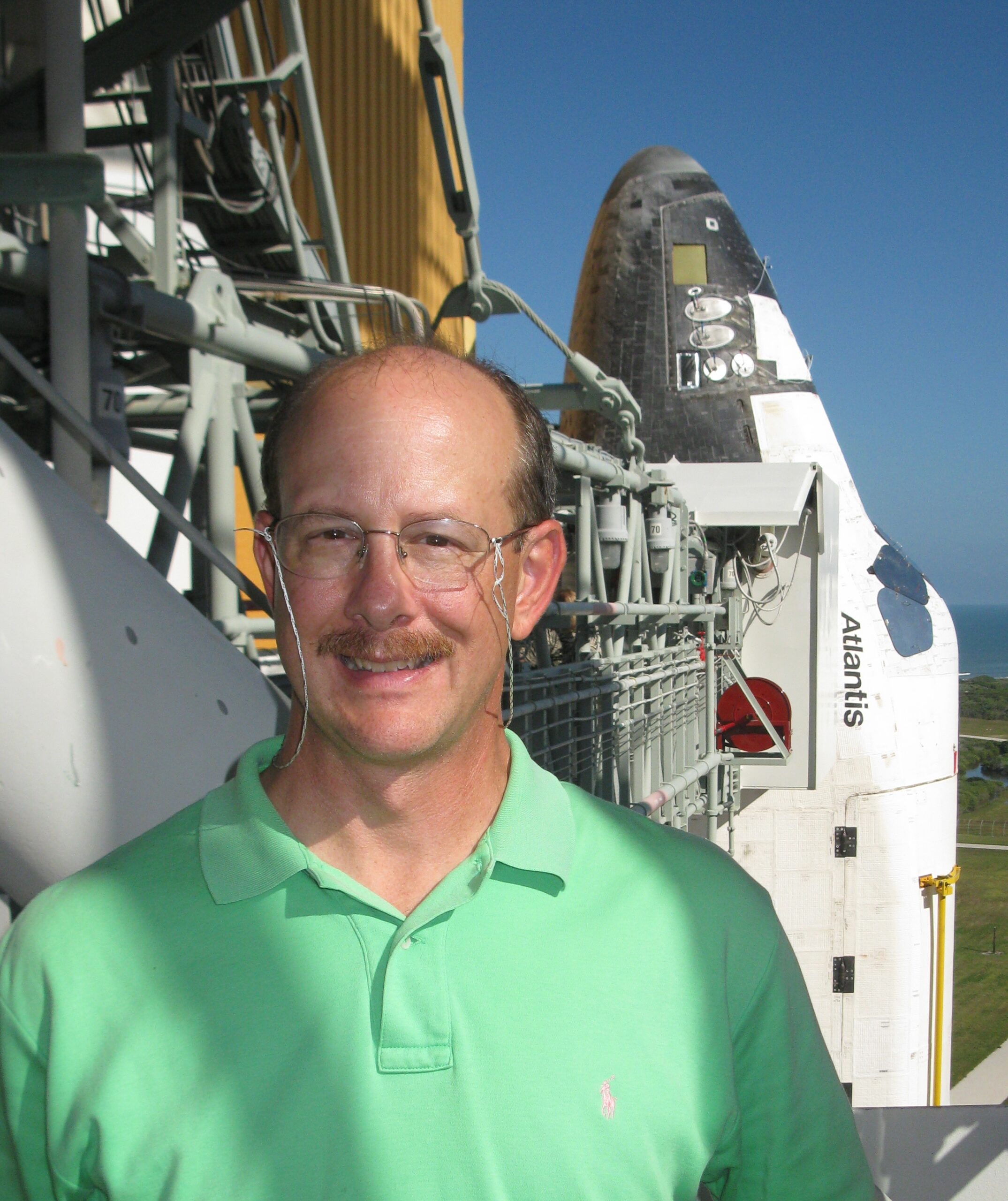Celebrating a Legacy: Michael Ciancone’s 40-Year Journey with NASA
In 1983, Michael Ciancone embarked on a career with NASA that would span over four decades, a journey marked by significant contributions to both the preservation of spaceflight history and the advancement of safety standards. His work has been integral to shaping NASA’s legacy and ensuring its future endeavors reach new heights safely and successfully.
Today, Ciancone holds the position of safety lead for NASA’s Orion Program. Within this role, he is responsible for the safety oversight of the Orion crew, the spacecraft, and its associated hardware. His leadership ensures that thorough safety reviews are conducted on all flight equipment, with a particular emphasis on the upcoming Artemis II mission. Ciancone’s success is rooted in a robust foundation of accumulated knowledge and international collaboration in the fields of human spaceflight safety and history.
Ciancone’s journey within NASA saw a significant transition in 1997. Moving from NASA’s Glenn Research Center in Cleveland to the Johnson Space Center in Houston, he took on the role of executive officer for the Shuttle/International Space Station Payload Safety Review Panel and became the group lead for Payload Safety. To fully grasp the breadth and responsibilities of his new role, Ciancone actively engaged with other safety professionals by attending conferences and symposia. His manager suggested he take a more proactive approach, leading him to organize a conference on spaceflight safety for payloads at Johnson. This initiative provided a platform for interaction among members of the international spaceflight community.
The efforts Ciancone spearheaded were instrumental in the creation of the International Association for the Advancement of Spaceflight Safety (IAASS). Alongside colleagues Skip Larsen from Johnson and Alex Soons and Tommaso Sgobba from the European Space Agency, Ciancone co-founded the organization. The IAASS aims to advance international cooperation and scientific progress in space system safety and is renowned as the leading international forum for professionals focused on spaceflight and safety. The organization hosts annual conferences, offers specialized safety training, and publishes essential literature on spaceflight safety.
Ciancone’s career has involved close collaboration with international colleagues, underscoring the global nature of human spaceflight. He emphasizes the importance of recognizing different yet equally valid approaches to achieving shared goals. "Successful partnership requires an understanding and respect for the experiences and history of international partners," he asserts. This perspective has been pivotal in his career and contributions to NASA.
Apart from his dedication to spaceflight safety, Ciancone is also deeply invested in spaceflight history. He serves as the chair of the History Committee of the American Astronautical Society and is a member of the History Committee of the International Academy of Astronautics. His work in this community has deepened his appreciation for the historical context of spaceflight aspirations, influencing his daily operations at NASA.
Ciancone’s creativity extends beyond technical achievements. During his tenure at Glenn Research Center, he co-founded the NASA Hot Pepper Club, a community for employees with a shared interest in cultivating and enjoying hot peppers and related products. The club provided a unique platform for camaraderie and connection, adding a flavorful dimension to life at NASA.
Ciancone’s immersion in the realms of spaceflight history and safety has given him a unique and invaluable perspective. He encourages others to embrace new challenges and opportunities, often quoting Albert Einstein to inspire the Artemis Generation, "learn from the past, live in the moment, and dream of the future." This philosophy has enabled him to merge his interest in spaceflight history with his work on the Orion project over the past 15 years, setting the stage for what he terms "future history."
The Orion Program, under Ciancone’s guidance, represents a significant step forward in NASA’s efforts to explore beyond Earth. The upcoming Artemis II mission will be a crucial test flight, carrying astronauts around the Moon and back, paving the way for future missions that aim to establish a sustainable human presence on the lunar surface. Ensuring the safety of these missions is paramount, and Ciancone’s extensive experience and dedication play a critical role in achieving this goal.
The IAASS, co-founded by Ciancone, continues to play an essential role in the global space community. It provides a platform for knowledge exchange between experts from various countries, allowing them to share their experiences and learn from each other’s successes and challenges. This international collaboration is vital in advancing spaceflight safety standards and ensuring that missions are conducted with the highest level of safety possible.
Ciancone’s contributions to spaceflight history and safety have not gone unnoticed. His peers and colleagues recognize him as a leader in the field, someone whose insights and expertise have significantly influenced NASA’s approach to safety and collaboration. His work exemplifies the spirit of innovation and cooperation that is fundamental to the success of human spaceflight endeavors.
In conclusion, Michael Ciancone’s 40-year career at NASA highlights the importance of safety, history, and international collaboration in advancing human spaceflight. His efforts have laid the groundwork for future missions and have inspired a new generation of space explorers to dream big and reach for the stars. As NASA continues to push the boundaries of exploration, the lessons learned from Ciancone’s career will undoubtedly guide and inform the agency’s future endeavors, ensuring that safety and collaboration remain at the forefront of its mission.
For more Information, Refer to this article.


































